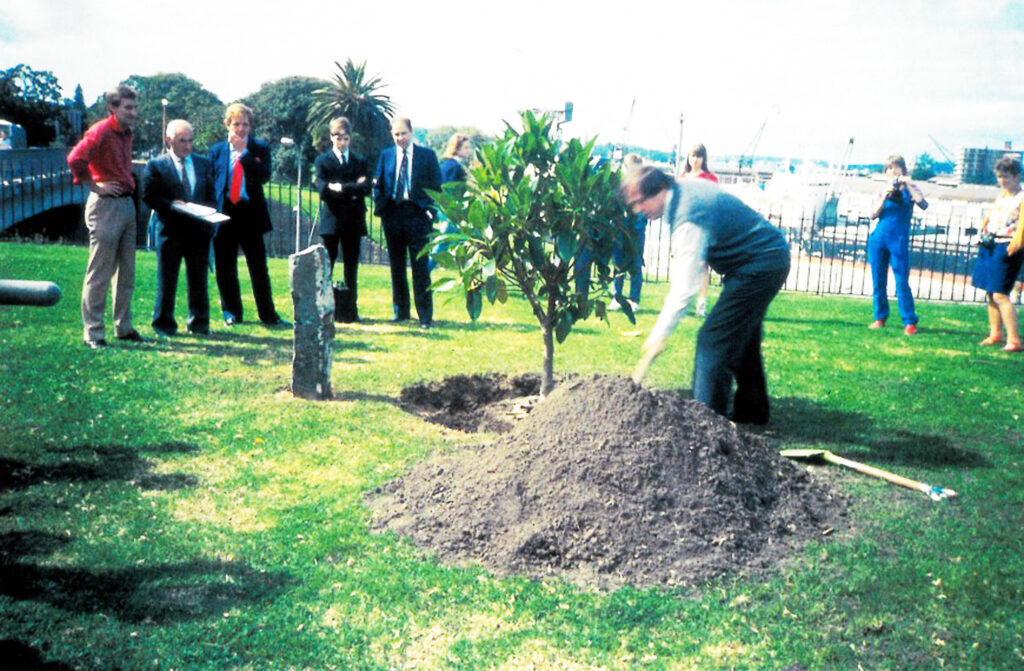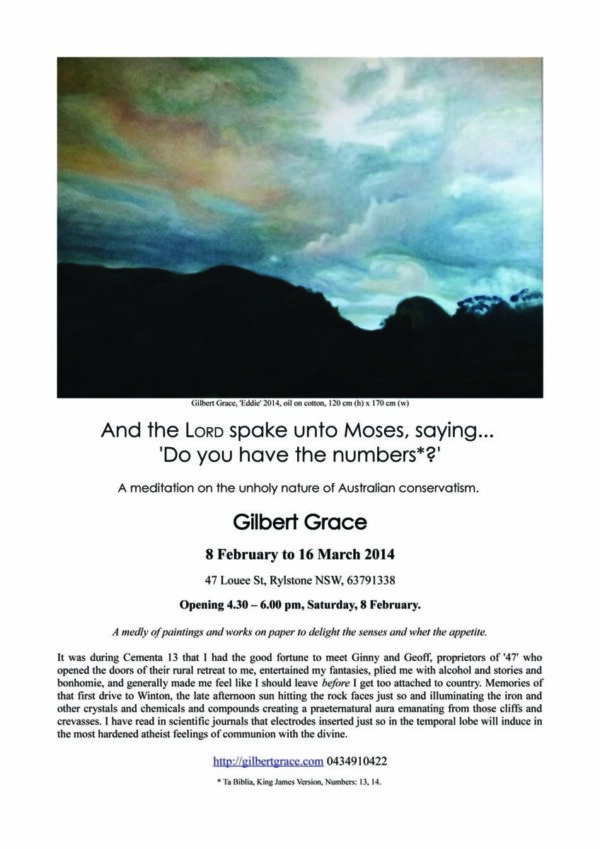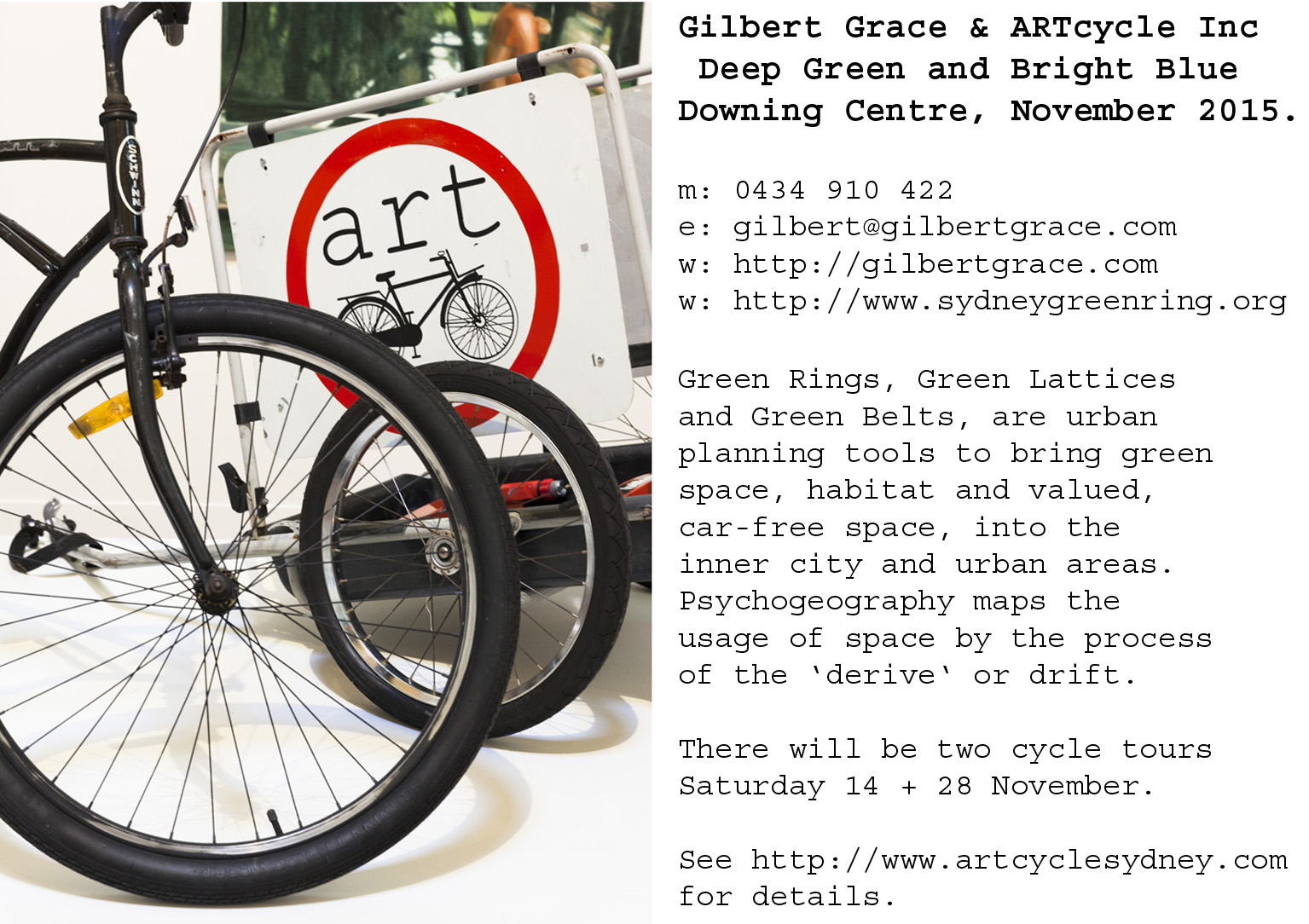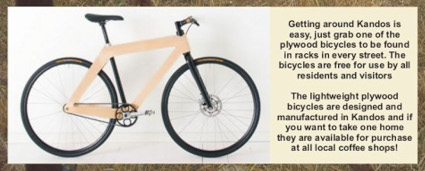
As a thought experiment during my MFA I proposed to complete the ‘7000 Eichen’ social sculpture project begun in 1984 in Sydney. Beuys was ill with cancer and Rene Block began the project with the planting of one tree and one stele in the forecourt of the Art Gallery of NSW.
It seemed Sydney was bereft of tree cover and people still are not listening to the apocraphyl warnings issued by scientists since the 1840s when it was noted that the industrial revolution had set off a series of devastating social and environmental changes. As evidenced by the recent bushfires, droughts, floods, pandemic and heat waves, nature is pushing back against humanity’s efforts to contain and control it, introducing its own checks and balances on the worlds most virulent and successful weed species – humans.
According to the DIA website, custodians of a Beuys archive, the project begun in Kassel in 1982 was meant to be ongoing a global event to raise awareness and stimulate biophilia. The species and inclusion of a stele are not prescribed.
The species could, of course, be native and indigenous habitat species. Instead of the basalt stele I proposed Olla pots (pronounced oi ya) be planted adjacent the saplings.
I had hoped to team up with the 20-2020 team whose goal was to increase tree canopy cover in Sydney to 20 percent by 2020 to introduce a range of species along the Sydney Green Ring.
The Sydney Green Ring follows looks to place active transport infrastructure in the form of shared paths along many of Sydney’s water courses. The canopy cover would provide shade and transpiration increasing the cooling effect of the proximity to water for a cool and refreshing environment for walking and cycling.
The idea fits perfectly with many of the published policies and proposed projects from green groups, cycling advocates, residents groups, local and state governments.
Combining art, science, placemaking, and active transport to effect micro-climate remediation seemed like a good project to pursue. As an example of retro-innovation, it redress some of the excesses of industrialisation and could revive urban agriculture with pocket farms cultivating Bruce Pascoe’s treasured Daisy Yams.



